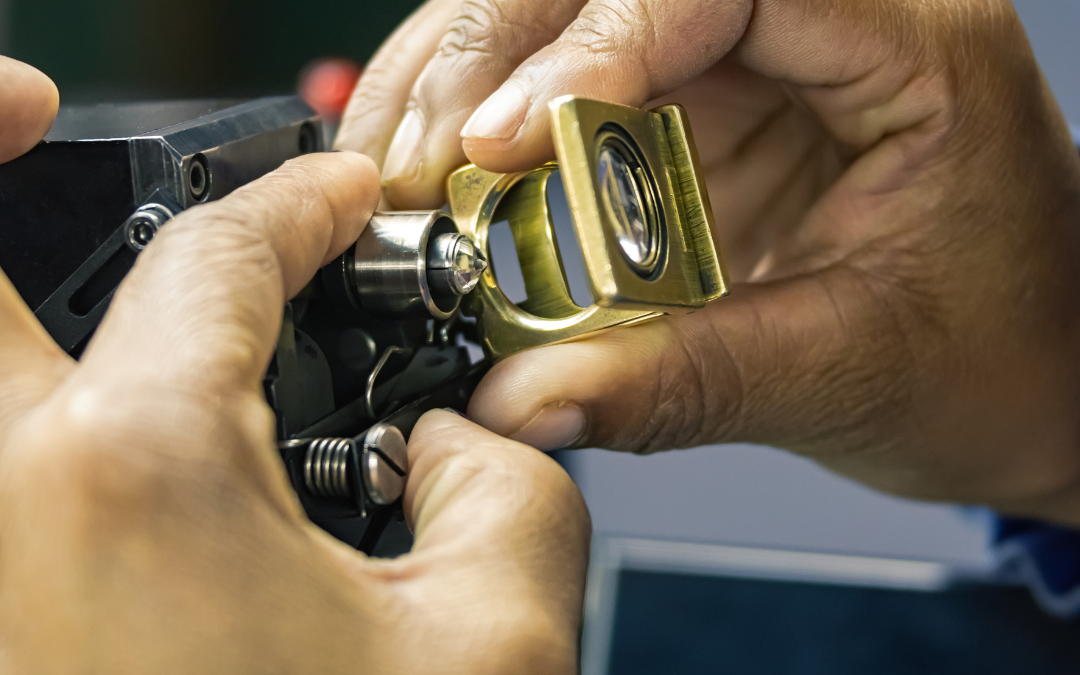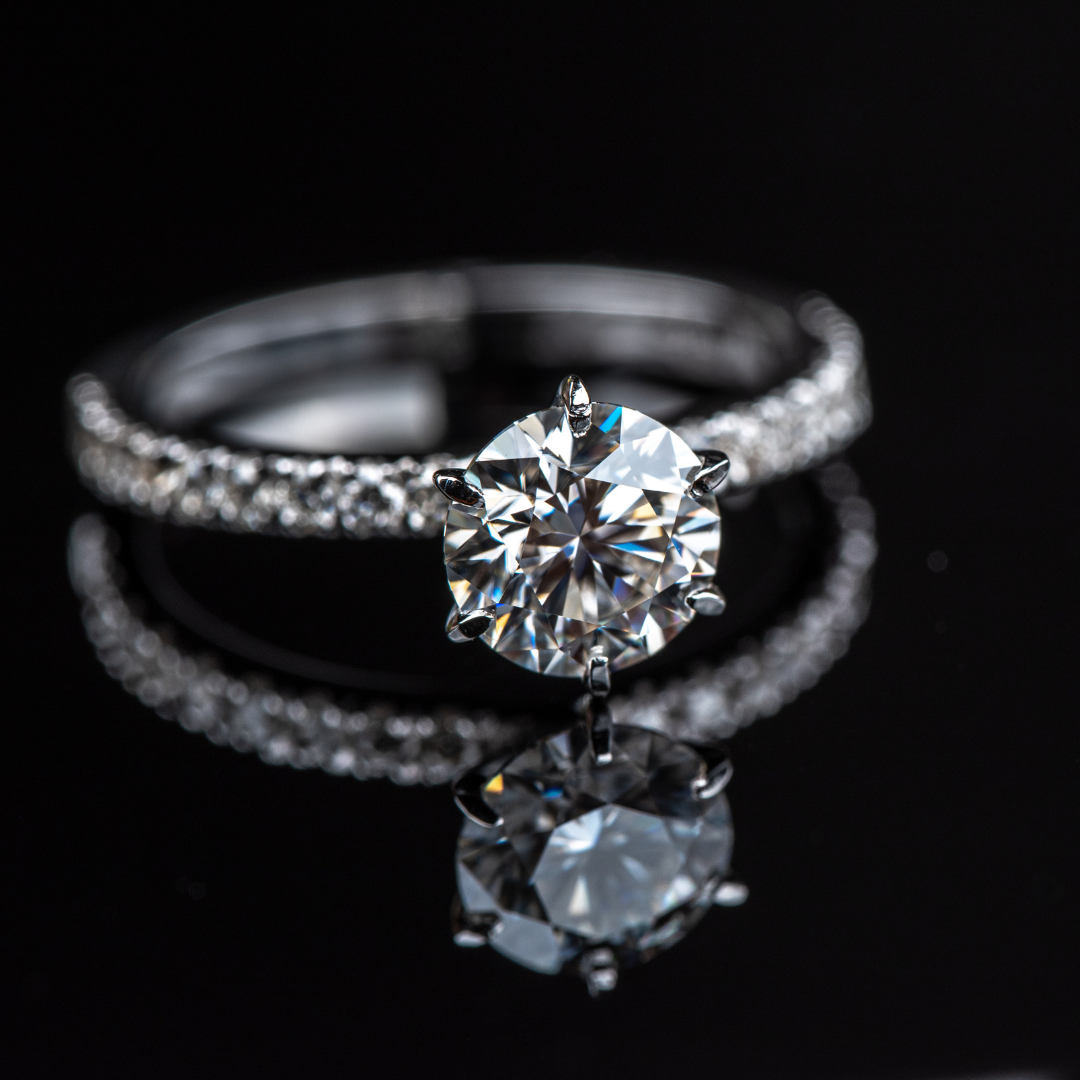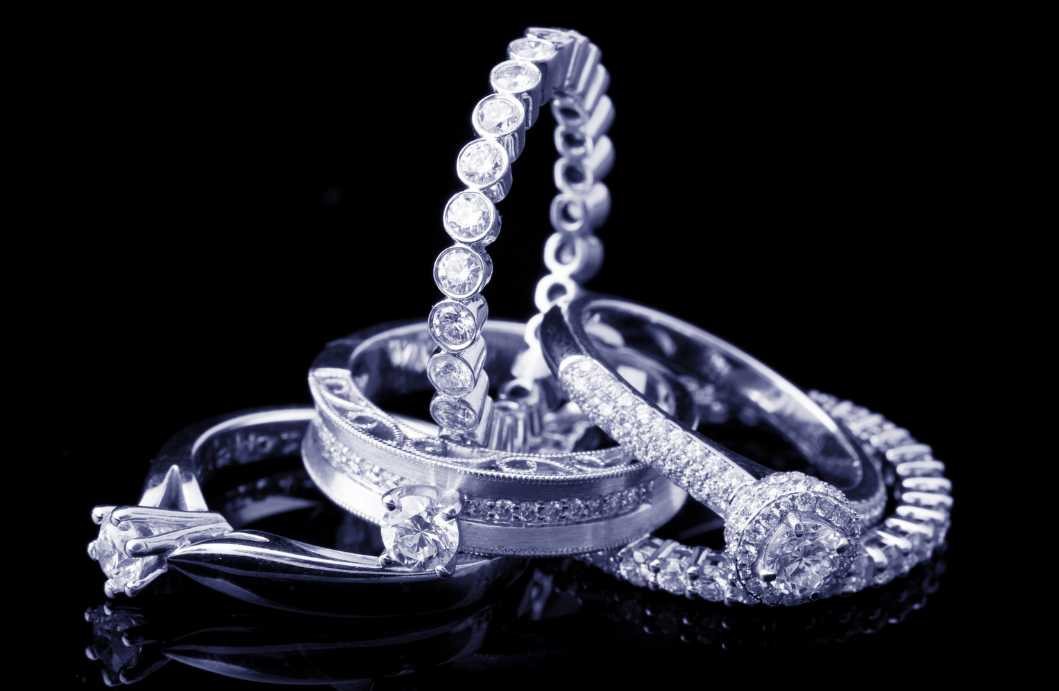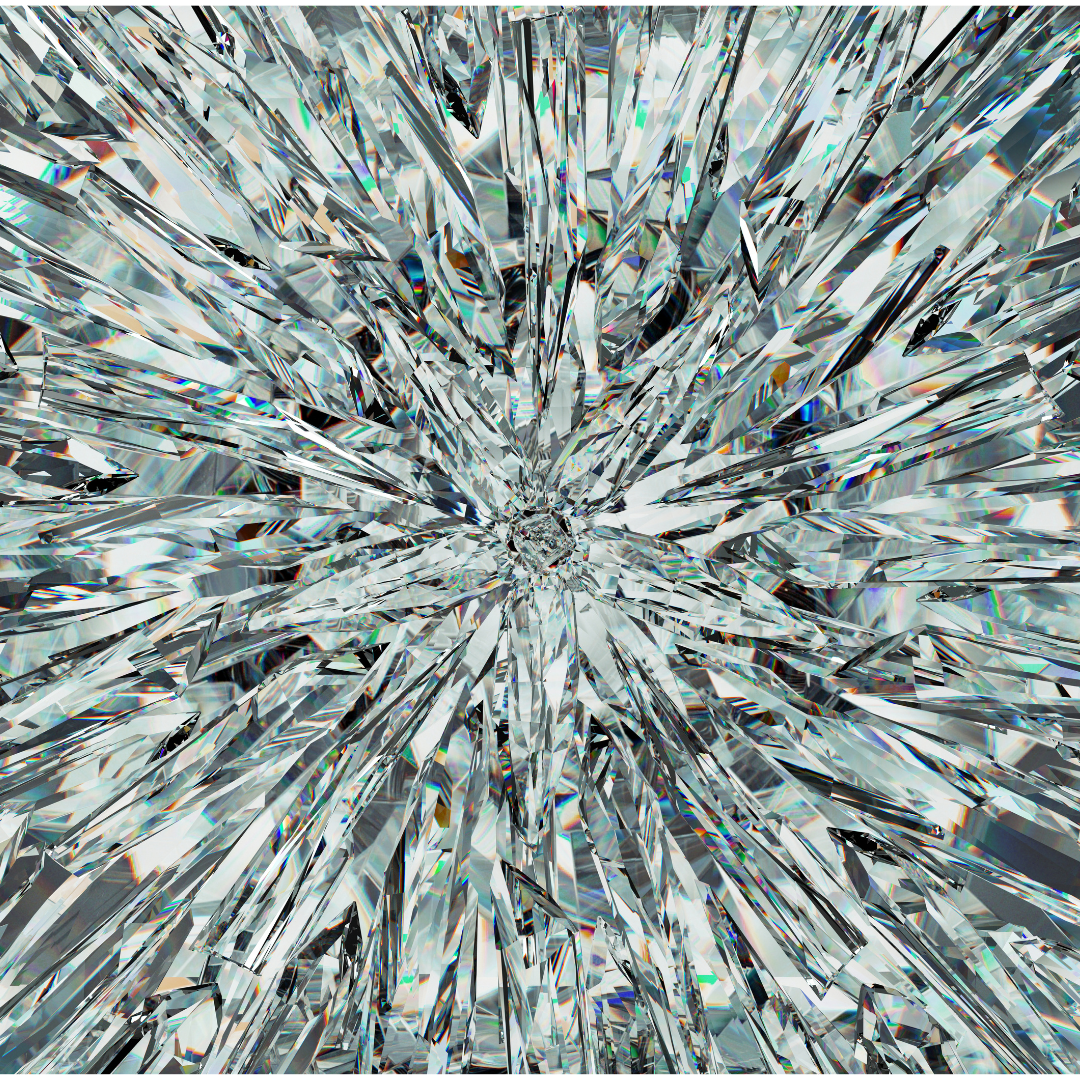
Rings – The 4 C’s of Diamonds

Many people getting married often choose diamond rings for their partners as a symbol of the strength of their love.
Having a basic knowledge of diamonds will help you find and buy a gem
that is symbolic, beautiful, and also within your budget.
How Much Will You Spend?
We commonly hear that the budget guidelines for buying a diamond are equal to about two months’ salary.
However, everyone is different, and maybe the most important thing to consider is what is within your budget and what your partner would want.
No matter your budget, a diamond is an investment into a new chapter of your life with your significant other.
The CUT
Many people think cut refers to the shape of the diamond (round, triangle, oval, marquise, emerald, heart, square, pear) when actually it refers to the arrangement of the facets which are the little cut planes made by the jeweler that direct light into a diamond. In simple terms, the cut determines the sparkle factor!
Cut is considered the most important of the 4C’s since anything less than an ideal cut
will diminish the beauty and value of the diamond.
As light is reflected out of your diamond, its fire (the intensity of rainbow colors emanating from the gem)
and brilliance (the liveliness of the gem) becomes apparent.
A well-cut diamond sparkles more than any other gem.
The COLOR
Color determines the rarity and value of a diamond and the “best” color for a diamond is no color/clear, which allows the stone to cleanly reflect light. Diamonds with no color (white color) are very rare and you’ll find them to be the most expensive of all diamonds.
Color refers to the body color, not the surface rainbow of reflected light. Most diamonds described as white are almost colorless but have a slight tinge of color. The best way to see the true color of a diamond is to look at it from its side against a white background.
Diamonds are rated for color on a scale of D through Z (perfectly colorless to low color rating). And while most diamonds are white, they do come in all colors. “Fancies” as they are called, come in yellow, canary, pink, red, green, blue, and dark brown.
The CLARITY
Most retail diamonds have been formed over millions of years through “crystallization” and most contain small inclusions or imperfections.
They appear in the form of small specks and generally are only visible with a Jeweler’s Loupe. The fewer the inclusions, the better the quality and higher the cost.
Clarity impacts a diamond’s ability to reflect and refract light.
Lately, technology has discovered a way to create diamonds in the lab, like diamonds formed over millions of years some have flaws and other lab diamonds are almost perfect in clarity.
The CARAT
Carat refers to the weight of the diamond and not its size.
Bigger is not always better when considering a diamond purchase, although diamonds larger than a carat are generally considered rare and of greater value per carat.
There are 100 points in a carat (25 points = ¼ carat) and 142 carats to the ounce.





